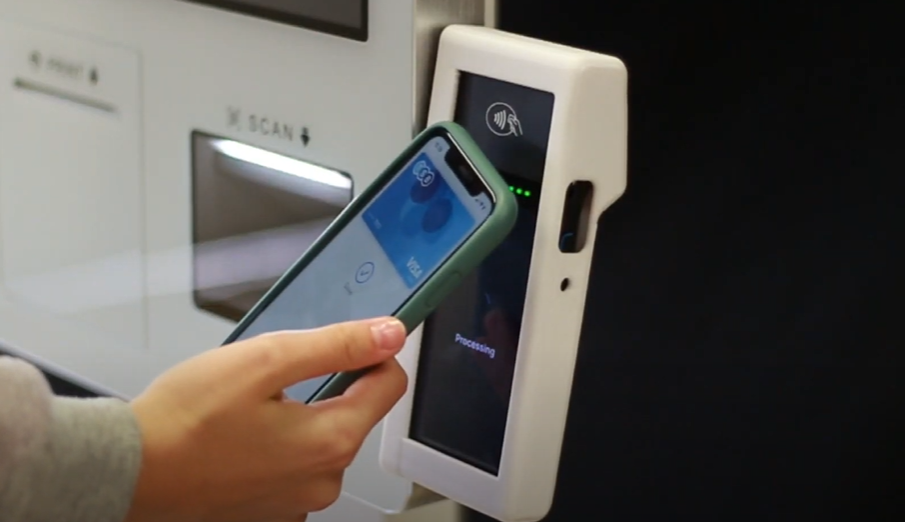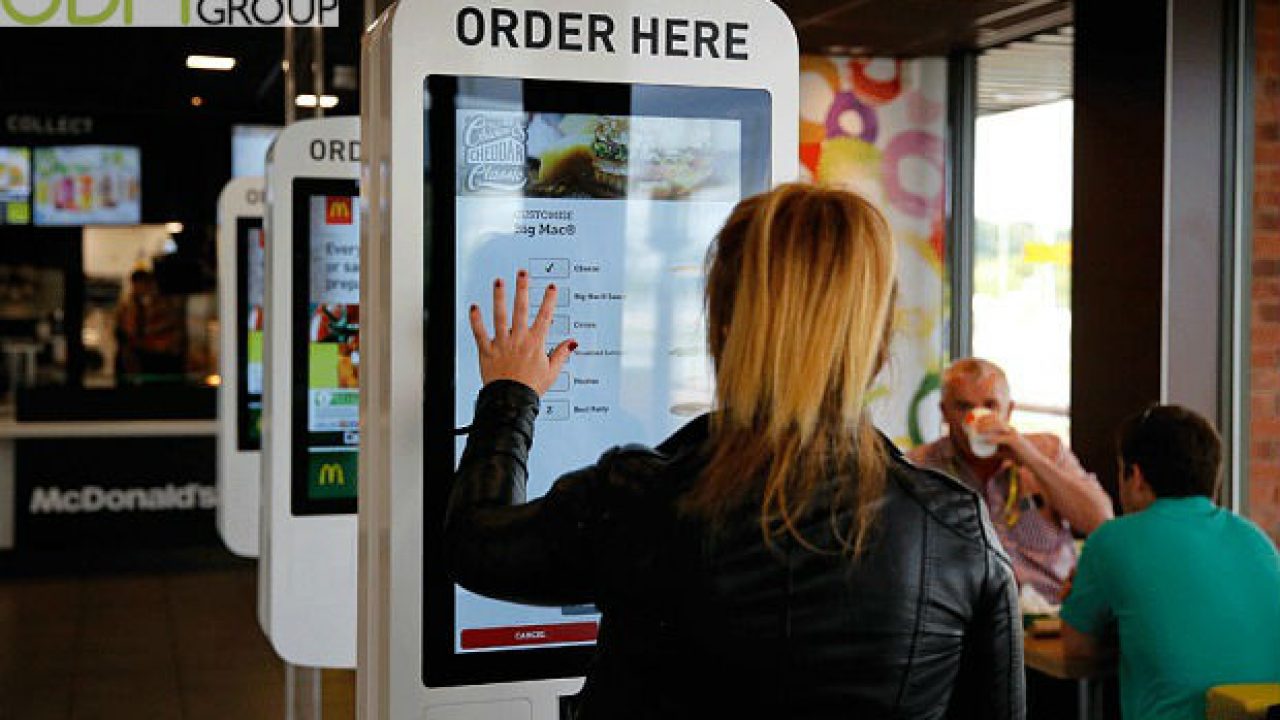The world of business is always changing. One big shift we’ve seen lately is the growing use of self-serving kiosks. You might have used one of these when you ordered a meal at a fast-food place or checked in at the airport. Along with these machines, making sure customers have a good time is key. Together, they can help businesses make more money. Let’s dive deep into this topic and see how it all works.
What is a self-serving kiosk?
At its simplest, a self-serving kiosk is like an electronic helper. Imagine a computer screen where you can tap on options to buy something, get information, or do a task without waiting in line or talking to a person. They can be found in many places like stores, restaurants, and train stations.
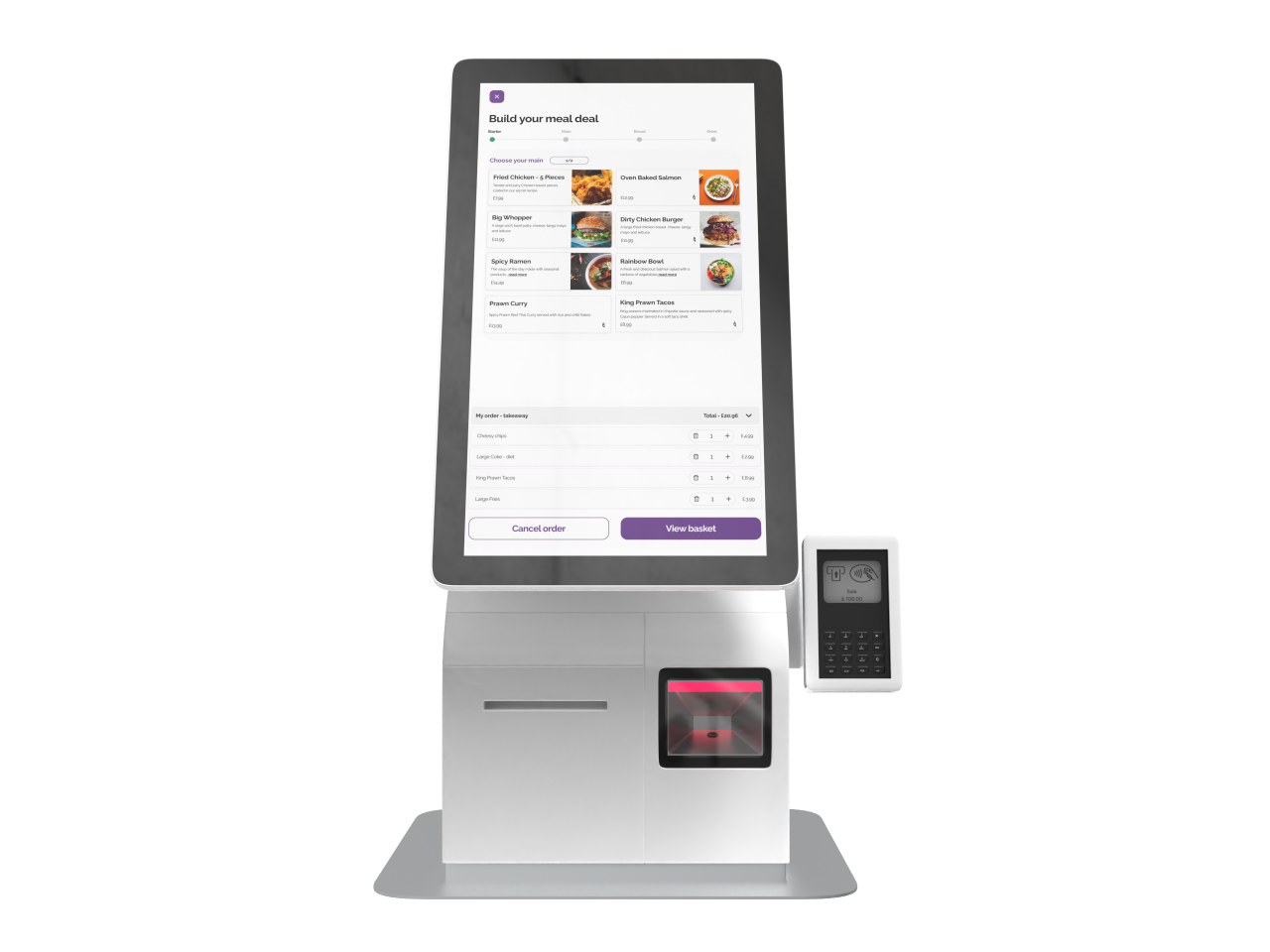
Why do people like them?
- Quick and easy: We all hate long lines. With a kiosk, you can quickly get what you need and move on. This makes shopping or ordering food faster and less stressful.
- Being the boss: Some people like to take their time, look at all the options, and decide without someone waiting on them. Kiosks give them that freedom.
- Mistakes go down: Have you ever ordered something and got the wrong item? With a kiosk, what you tap is what you get. This means fewer mix-ups.
- Anytime shopping: Some kiosks work 24/7. This is great for those who want to shop late at night or super early in the morning.
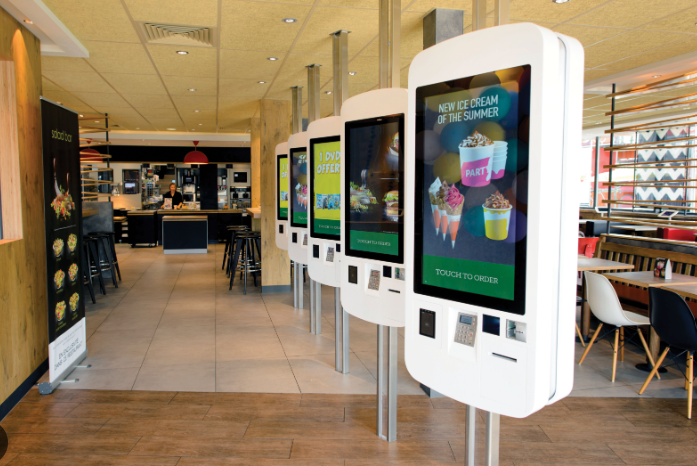
How do businesses benefit?
- Save money on workers: Even though buying these machines can cost a bit, in the long run, businesses might spend less because they won’t need as many workers to do simple tasks.
- Selling more: These kiosks are smart. They can suggest extra things you might want to buy. Like, if you’re buying a t-shirt, it might show you matching hats.
- Learning about customers: Kiosks can remember what people buy. Businesses can use this info to offer better deals or bring in new items they know people will love.
- Happy customers, more money: If a customer has a good time and finds it easy to buy something, they’re likely to come back. This means more sales for the business.
- Upselling and cross-selling opportunities: Kiosks, with their interactive displays and tailored suggestions, can effectively upsell or cross-sell products. For instance, if a customer is ordering a burger from a food kiosk, it might suggest a combo that includes fries and a drink. These targeted recommendations can enhance sales significantly.
Making the experience even better
For kiosks to work well, the customer’s experience is crucial. Here are some ways to make sure of that:
- Easy Design: The kiosk should be simple to use. Big buttons, clear words, and helpful pictures can make a big difference.
- Help on Standby: Just in case someone gets stuck, having a staff member nearby to help can be useful.
- Regular Updates: Keeping the kiosk’s software up-to-date ensures it works fast and doesn’t crash.
- Safety First: Making sure that personal and payment info is secure is super important.

Looking ahead
More and more businesses are seeing the value of these kiosks. With technology getting better every day, these machines might soon be everywhere. They might become smarter, offering more personalized suggestions or even understanding our feelings!
However, businesses shouldn’t forget the human touch. Machines are great, but the warmth of human interaction is irreplaceable. A blend of both might just be the secret sauce for future success.
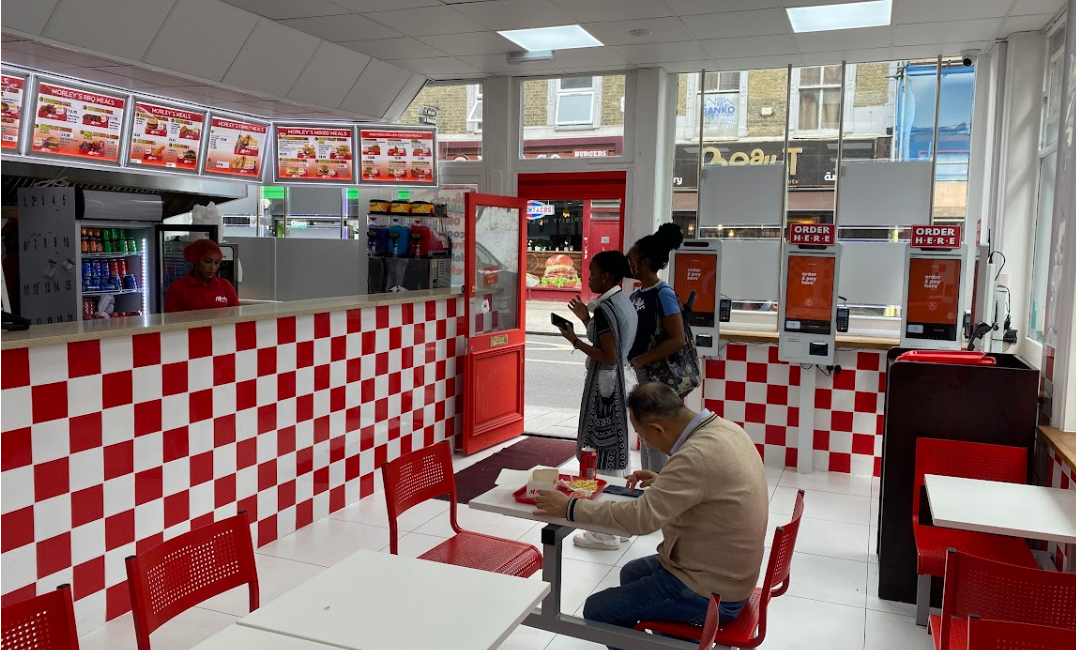
Conclusion
The world of shopping and services is getting a techy boost with self-serving kiosks. They offer a quick, easy, and efficient way for customers to get what they want. On the other side, businesses can make more money and learn more about their customers. It’s a win-win for everyone!
As we look ahead, the key will be making sure these kiosks keep offering a great experience for everyone. Whether you’re a business owner or a shopper, the future looks bright and convenient.
